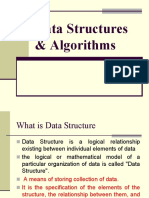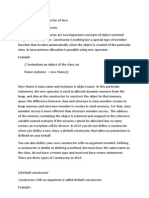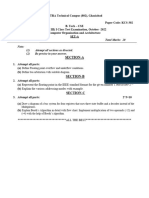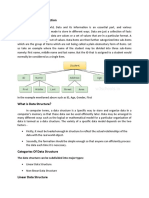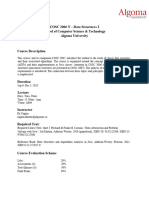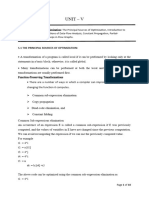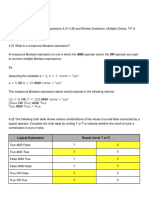33% found this document useful (3 votes)
1K views2 pagesAddress Calculation PDF
This document discusses address calculation for one, two, and three-dimensional arrays in C. For one-dimensional arrays, the address of an element X[I] is calculated as Base Address + (I-1). For two-dimensional arrays stored in row-major order, the address of element A[i,j] is Base Address + (N x (I-1)) + (j-1), while for column-major order it is Base Address + (M x (j-1)) + (i-1). For three-dimensional arrays, the address calculation follows similar formulas using the dimensions and indices.
Uploaded by
bhasakar naikCopyright
© © All Rights Reserved
We take content rights seriously. If you suspect this is your content, claim it here.
Available Formats
Download as PDF, TXT or read online on Scribd
33% found this document useful (3 votes)
1K views2 pagesAddress Calculation PDF
This document discusses address calculation for one, two, and three-dimensional arrays in C. For one-dimensional arrays, the address of an element X[I] is calculated as Base Address + (I-1). For two-dimensional arrays stored in row-major order, the address of element A[i,j] is Base Address + (N x (I-1)) + (j-1), while for column-major order it is Base Address + (M x (j-1)) + (i-1). For three-dimensional arrays, the address calculation follows similar formulas using the dimensions and indices.
Uploaded by
bhasakar naikCopyright
© © All Rights Reserved
We take content rights seriously. If you suspect this is your content, claim it here.
Available Formats
Download as PDF, TXT or read online on Scribd
/ 2
